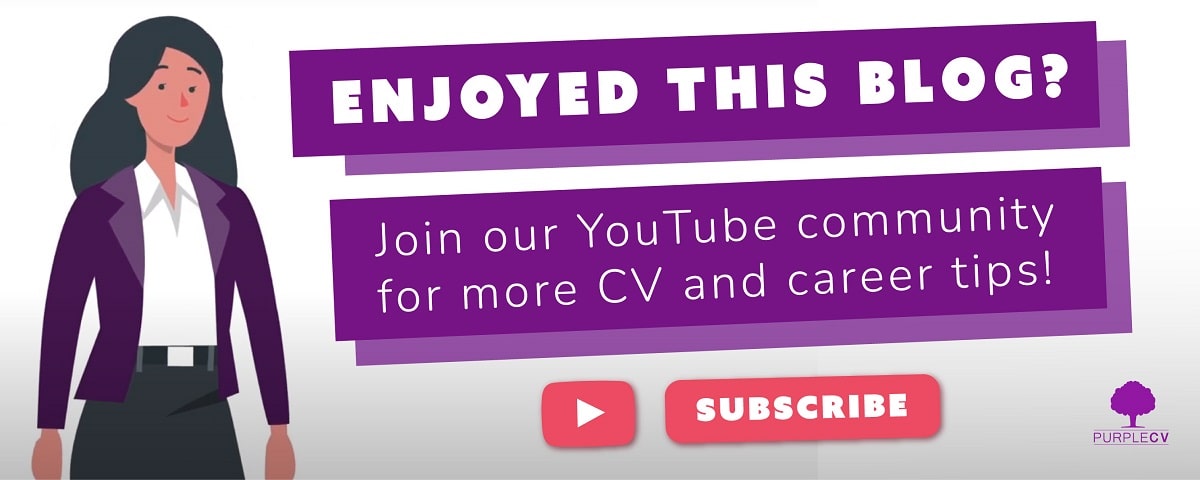By Ian Taylor, CV-Library
Even if it’s not required according to the job advertisement, a cover letter is always a good thing to include in any job application.
If you’re looking to change your career, then it is essential to write a cover letter that makes you stand out.
Here, we detail five sections to help you build a cover letter that explains your change of direction and convinces the recruiter to read your CV and find out more about you.
Ultimately, the idea is to secure yourself an interview for the job, so here’s how:
1. The opening
The opening of your career change cover letter needs to be eye-catching – the person reading must want to read on.
You need to cover why you’re writing the letter; what job you’re applying for and how you found out about it.
You could go for a standard “I’d like to apply for the job of Office Manager that I saw advertised on LinkedIn.”
But something like “I’d love to come and work for you as your new Office Manager – the job I recently saw advertised on CV-Library,” shows more energy and enthusiasm.
If you know anyone at the company, now is the time to mention them – but make sure whoever you do mention knows that you are going to do so, out of professional courtesy.
2. Sell yourself
Why are you the right person for the job? If you’re looking to make a career change, this is where you need to sell yourself.
What will you bring to the role? If you’re currently a “career-oriented customer service professional that seeks to find the best resolution for all parties”, then you should say that.
We’ll come to the reason for your career change next, but this section is all about why you’re great at what you do right now, so make sure you state that clearly.
3. Why are you changing careers?
This is the really important section of your career change cover letter; the nitty-gritty, if you will.
Why are you deciding to halt your current career path and pivot to another one? There are some very good reasons why you may be doing this.
Do any of these justifications sound familiar or relevant to your situation?
- You’re working long hours for little pay or reward – you want to improve your work-life balance and pay
- You’re working on something you’re not particularly enthusiastic about and would like to be more invested in what you do for a living
- You’re a seasoned professional who keeps getting passed over for senior roles, so now you’re ready to move on
- You’ve just started in an area that may not be a good fit for you and your skills, and you’d like to get out sooner rather than later
If so, make sure you make it clear why you are looking to change your career, but always remain professional. Do NOT be rude about your current employer, manager or co-workers.
Remember, if you come over as unprofessional, you are unlikely to get an interview.
4. What you’ll bring to the business and role
This is where you list your transferable skills, also known as ‘soft skills’.
If your change of direction is significant, then it may feel like you don’t have appropriate skills, but that’s probably an incorrect assumption.
As we all travel through life, school, college and/or university, we pick up skills – even our hobbies and pastimes teach us new things. These are known as transferable skills.
Here is a list of the top transferable skills you will most likely have picked up through life and work:
- Verbal communication – speaking and listening well
- Written communication – good grammar, spelling and coming across clearly
- Teamwork – working with and for others to achieve common goals
- Leadership – you don’t have to be a manager or even a leader to show leadership
- Problem-solving – can you come up with solutions to issues?
- Time management – do you manage your time well and get your tasks done on time?
- Flexibility – how well do you handle change?
Use a real-world example or two where you have used one (or more) of your skills to solve an issue and illustrate how this will benefit the business and the role.
5. Close off the letter
When you sign off your career change cover letter, make sure that you thank the reader for their time and assure them that any questions they may have will be answered promptly, should they reach out.
One grammar note: If you’ve addressed your cover letter to a named person, then make sure you sign off with “Yours sincerely.” If not, then address it “Dear Sir or Madam,” and sign off with “Yours faithfully.”
If you wish to be less formal, it’s also acceptable to sign off with “Best regards,” or “Kind regards,” too.
After one of the above sign-offs, include your name on the next line, followed by your email address and mobile number. You could also consider including your LinkedIn profile address:
Yours faithfully,
Name
Email address
Phone number
(Optional: LinkedIn profile URL)
Final thoughts: how to write a career change cover letter
Bear in mind that a cover letter should be no more than one side of A4 and is an invitation to read your CV and then call you in for an interview.
Don’t forget to tailor your CV to the job description too. Again, this needs to focus on your transferable or soft skills.
The only thing left is to wish you the very best of luck in your career change!


